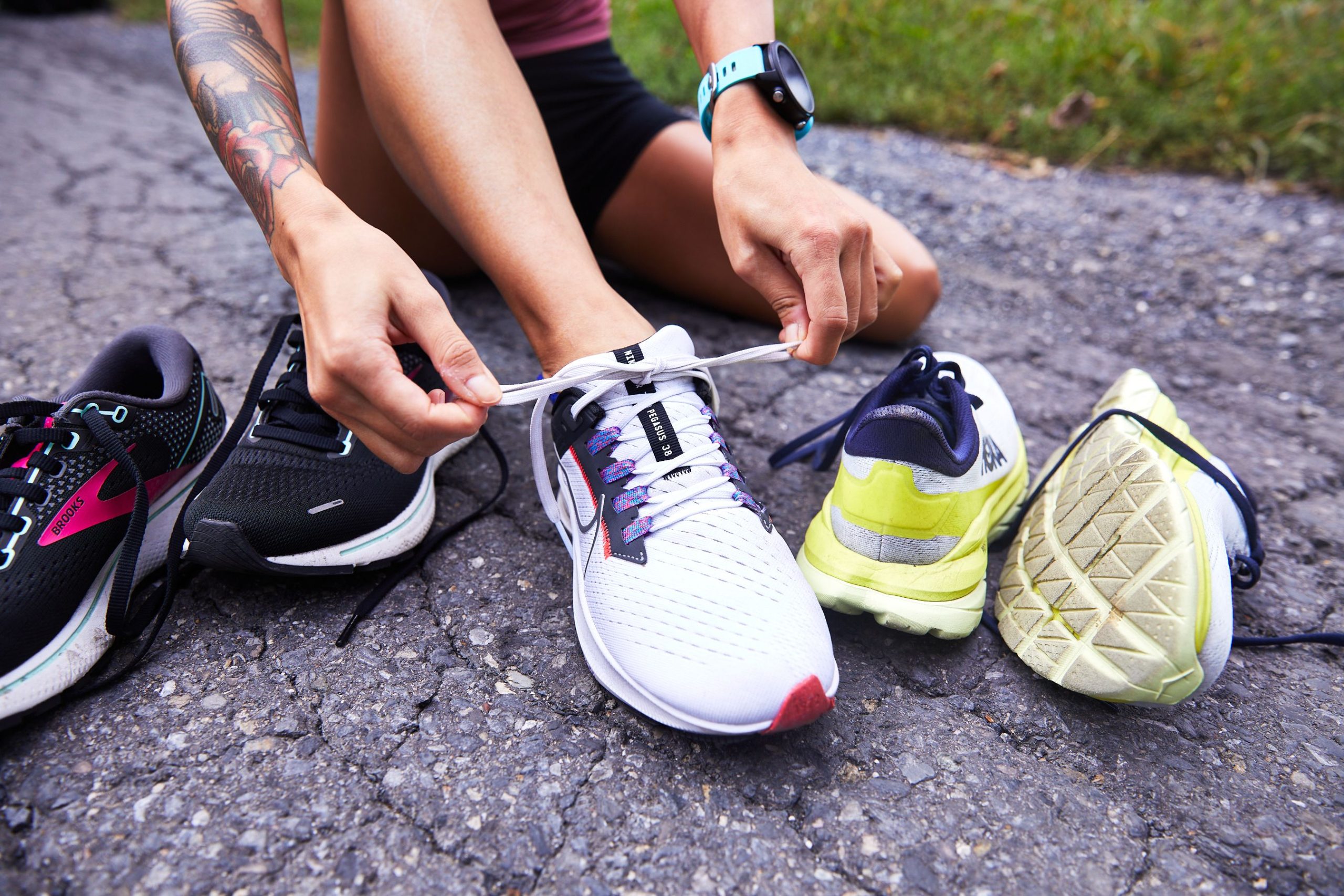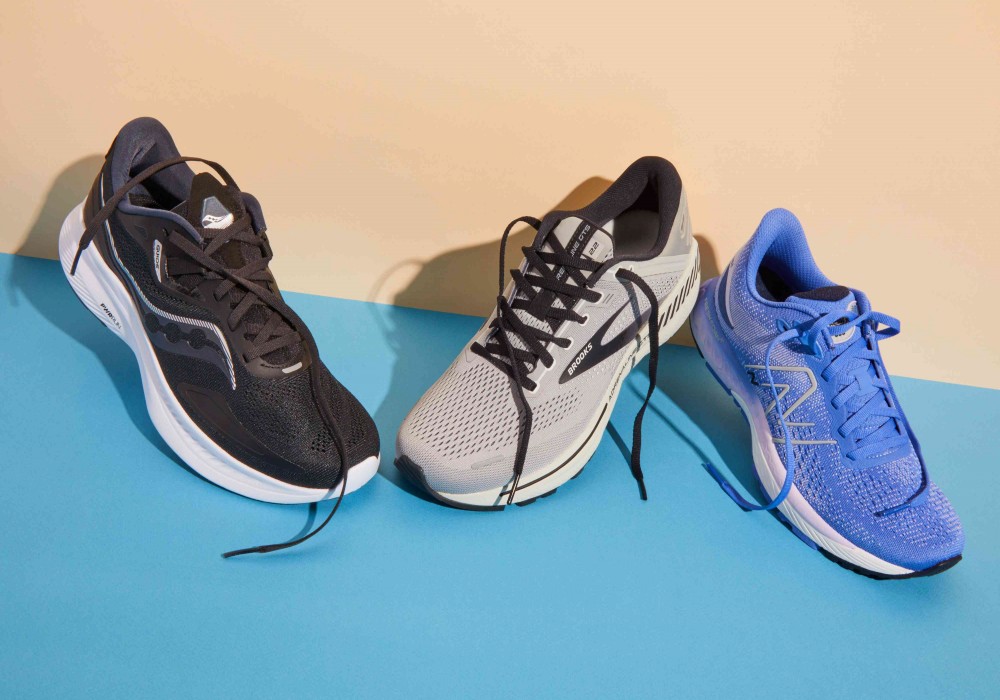When it comes to purchasing sports shoes, the season can play a significant role in the decision-making process. Winter and summer present distinct challenges and requirements for footwear. In this article, we will explore the differences between buying sports shoes in winter and summer, highlighting the unique factors that should be considered during each season. By understanding these distinctions, you can make informed choices that prioritize comfort, performance, and protection for your feet, ensuring an enjoyable and safe sporting experience throughout the year.
Insulation and Warmth :
One of the primary differences between buying sports shoes in winter and summer is the level of insulation and warmth required. In winter, it’s important to choose shoes that offer adequate insulation to keep your feet warm in cold temperatures. Look for shoes with insulated linings, waterproof or water-resistant materials, and additional features like fleece or synthetic insulation. In contrast, summer sports shoes should focus on breathability and moisture-wicking properties to keep your feet cool and prevent excessive sweating. Look for shoes with mesh uppers, ventilation panels, and moisture-wicking linings to promote airflow and prevent discomfort caused by heat and humidity.

Traction and Grip :
Winter conditions can be challenging due to slippery surfaces, snow, and ice. When buying sports shoes for winter activities, prioritize shoes with excellent traction and grip. Look for models with aggressive outsole patterns and durable rubber compounds that provide reliable traction on icy or wet surfaces. Additionally, some winter sports shoes come with specialized features like spikes or studs for enhanced grip on slippery terrain. In contrast, summer sports shoes may require less emphasis on traction unless you’re engaging in specific activities like trail running or hiking. Look for shoes with a versatile outsole pattern that offers sufficient grip on various surfaces encountered during summer sports.
Water Resistance and Breathability :
Winter sports shoes should offer water resistance or waterproofing features to keep your feet dry and protected from snow, slush, and puddles. Look for shoes with sealed seams, water-resistant upper materials, and protective toe caps to shield your feet from moisture. Additionally, consider the breathability of the shoes, as excessive moisture inside the shoes can lead to discomfort and potential foot problems. In summer, prioritize sports shoes with enhanced breathability to allow for proper airflow and moisture evaporation. Look for shoes with breathable mesh uppers, moisture-wicking linings, and ventilation features to keep your feet cool, dry, and comfortable during hot and humid conditions.
Support and Stability :
Support and stability are important considerations regardless of the season. However, certain sports or activities may require additional support during specific seasons. In winter, when surfaces can be uneven and potentially icy, it’s crucial to choose shoes with adequate ankle support to prevent injuries. Look for high-top or mid-top designs that provide stability and prevent excessive ankle rolling. In summer, sports shoes should still offer sufficient support for the demands of various activities but can have a more lightweight and flexible design to promote natural foot movement. Look for shoes with cushioning and support features that align with your specific sport or activity requirements.
Seasonal Discounts and Availability :
Another factor to consider when buying sports shoes in different seasons is the availability of specific models and potential discounts. Retailers often offer seasonal promotions and sales, particularly during the transition between seasons. It’s worth keeping an eye out for these opportunities to find sports shoes at more affordable prices. Additionally, certain models or variations may be more readily available during specific seasons, so be prepared to explore different options and consider alternative brands or models if your preferred choice is not readily accessible.
Conclusion :
Buying sports shoes in winter and summer requires considering various factors related to insulation, warmth, traction, water resistance, breathability, support, and seasonal availability. By understanding the unique requirements of each season, you can make informed decisions to ensure optimal comfort, performance, and protection for your feet throughout the year, enhancing your sporting experience.





